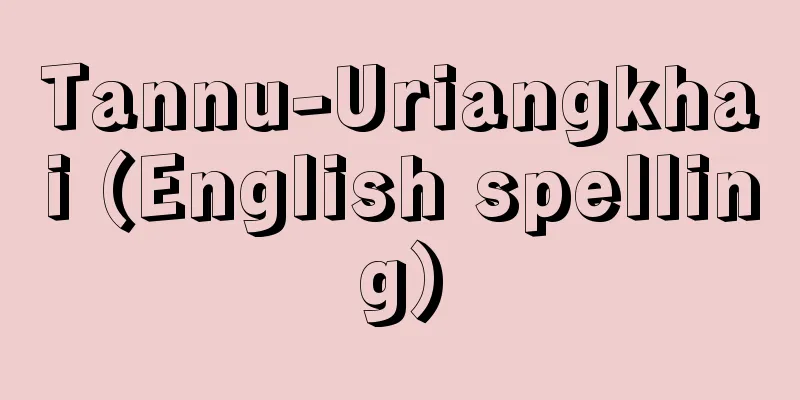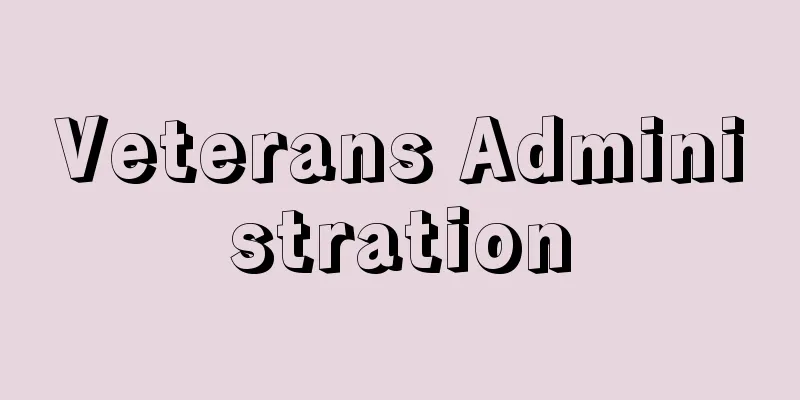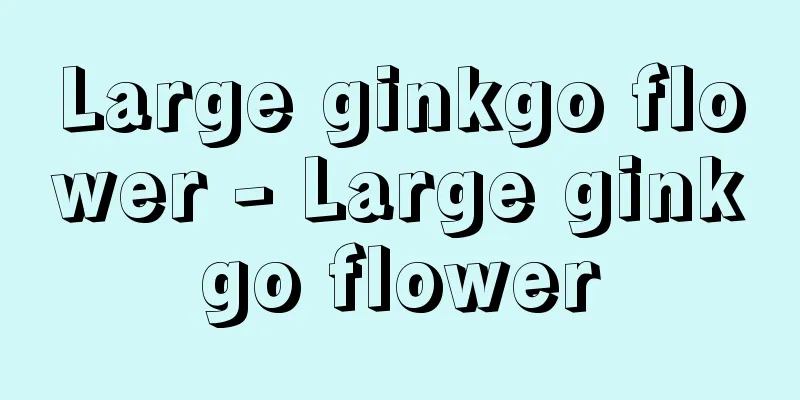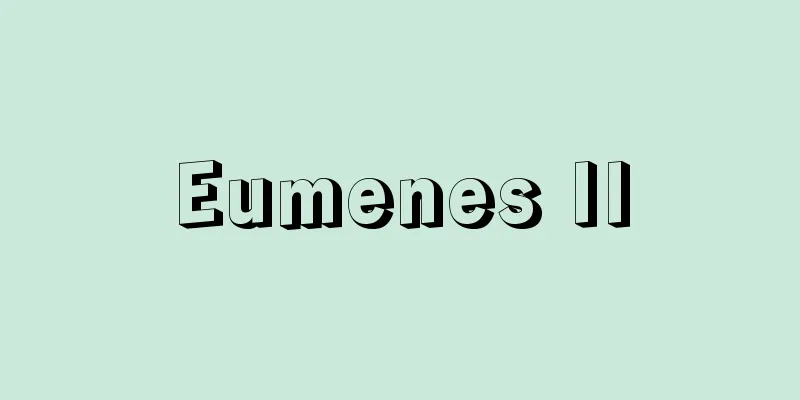Tannu-Uriangkhai (English spelling)

|
The Uryankhai people lived in northwestern Mongolia, north of the Tannu-Aura Mountains. The area is now the Republic of Tuva in the Russian Federation. The Uryankhai people correspond to the present-day Tuvan people. They speak a Turkic language, Tuvan, but are said to have assimilated Turks, Mongols, Samoyedic, Ket and Altaic peoples. The population was 198,400 (1989). Most of the people live a nomadic life, but they also hunt and farm. This area was ruled by the Yuan dynasty of the Mongol Empire, the Dzungars, and others, before coming under the control of the Qing dynasty. Source: Heibonsha World Encyclopedia, 2nd Edition Information |
|
モンゴリア西北部,タンヌ・オーラ山脈北方のウリヤンハイ族の居住地。現在のロシア連邦トゥバ共和国の占める地域を指す。ウリヤンハイ族は現在のトゥバ族に相当する。彼らはトルコ語系のトゥバ語を話すが,今までトルコ,モンゴル,サモエード,ケートそれにアルタイ族を同化吸収してきたといわれる。人口は19万8400(1989)。大部分は遊牧を営み,また狩猟,農耕も行っている。この地域はモンゴル帝国元朝,ジュンガルなどの支配を経て清朝の支配に帰した。
出典 株式会社平凡社世界大百科事典 第2版について 情報 |
<<: Tannu-ola [Mountain Range] (English spelling)
Recommend
cashew enamel (English spelling) cashew enamel
…The coating is strong and chemically resistant, ...
Golden Cat - Golden Cat
…The African golden cat is also known as the gold...
Annaka Town
…Because the ferry landing at Takanosu on the Usu...
Mohamedanism
… What is Islam? Islam is a monotheistic religion...
Esutori - Esutori
A city on the west coast of South Sakhalin, facin...
Aristarchus of Samothrace
The greatest philologist of antiquity, born around...
Possession of a god
The phenomenon of a deity or other spiritual bein...
Caterpillar - Hairy caterpillar
〘Noun〙① A common name for the hairy larvae of inse...
Kyoritsu Women's University
It is a private institution. It was founded in 18...
Plastic Film
Various synthetic resin film packaging materials. ...
Cabinet Secretariat - Kanbou
In terms of administrative organization, it is a ...
Shiozakai (English) front
It refers to the boundary between water masses wi...
Christmas [island] - Christmas
An atoll in the Line Islands in the central Pacifi...
Turbulence - Aircraft turbulence
This refers to the turbulence experienced by airc...
Chinese - Kajin
〘Noun〙 ("Hua" means Chinese) A person fr...









